What you need to know about condensation in roofing systems
May 25, 2025 at 3:00 p.m.By Dani Sheehan.
Learn the science behind condensation so you can build more resilient roofing systems by allowing vapor to escape while keeping water out.
When moisture shows up inside a roofing system, most people assume it’s from a leak. But as Chris Meyer, director of low-slope roofing at VaproShield, points out, leaks are only part of the story. “The one that we don’t think about as much... is moisture from the inside of the building,” Chris explained in a recent episode of Roofing Road Trips®. This type of moisture is often the result of warm, humid air rising into the roof assembly – especially during nighttime cooling or colder winter months. And if it’s not properly addressed, it can silently compromise the integrity of the entire system.
As Chris illustrated, condensation is driven by air movement, often the result of pressure and temperature differentials within the building. Negative pressure, such as wind uplift, can act like a vacuum, drawing interior air upward. That air, heavy with moisture, hits cold surfaces in the roof and condenses, becoming liquid moisture within the system even without visible leaks.
So, what happens if this condensation goes unchecked? The consequences can be extensive. “You’re introducing products that aren’t meant to be wet into a wet condition,” Chris explained. Moisture can degrade insulation, fasteners, adhesives and plates, leading to serious performance issues. “You would hate to have an adhesive that could become re-emulsified,” he added, noting that this can compromise wind uplift resistance and overall roof integrity.
For building owners, the integrity of the roof may be the last issue they notice. Condensation buildup can lead to the loss of thermal performance and damage interior assets. “It basically ranges from anywhere from 20-40%, where [moisture] decreases the integrity of your insulation. For an end user, that’s a 20-40% increase in your heating and cooling costs,” Chris shared. This moisture doesn’t have anywhere to go, creating a perfect breeding ground for mold, which can then get cycled back into the building and reduce the indoor air quality.
Luckily, there are effective ways to prevent condensation from taking hold in the first place. Read the transcript or Listen to the podcast to learn about VaproShield’s permeable air and water membranes to help you protect your customers and their investments.
Learn more about VaproShield in their Coffee Shop Directory or visit www.vaproshield.com.

About Dani
Dani is a writer for The Coffee Shops and AskARoofer™. When she's not writing or researching, she's teaching yoga classes or exploring new hiking trails.




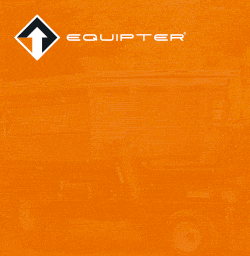



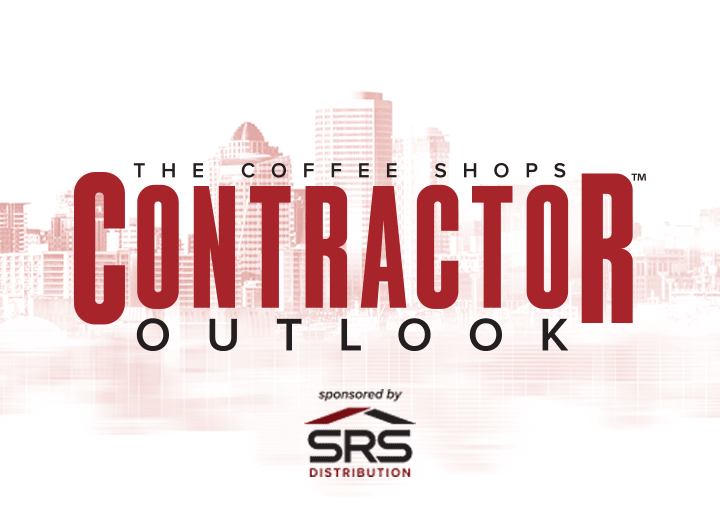
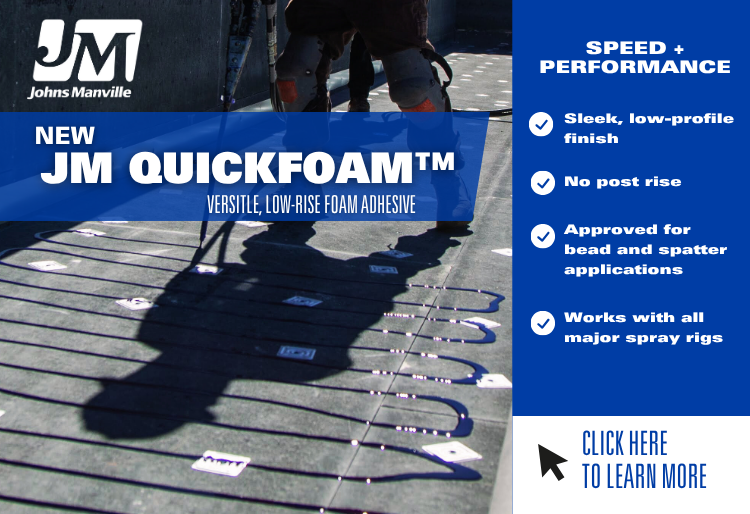



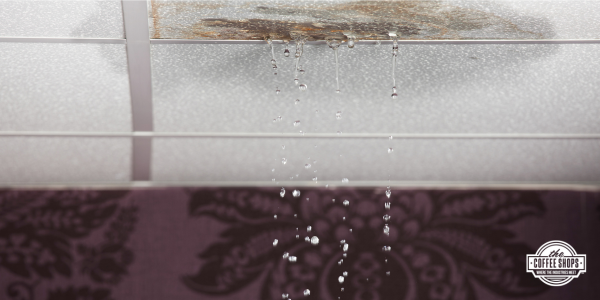
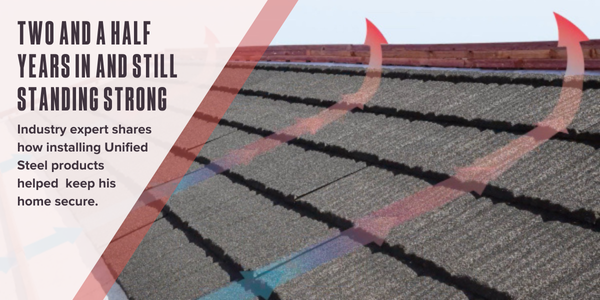





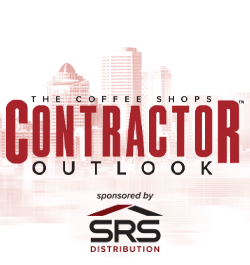



Comments
Leave a Reply
Have an account? Login to leave a comment!
Sign In